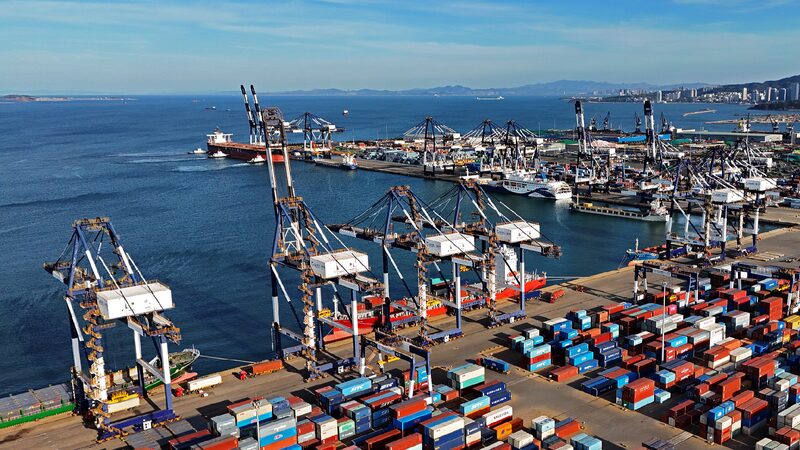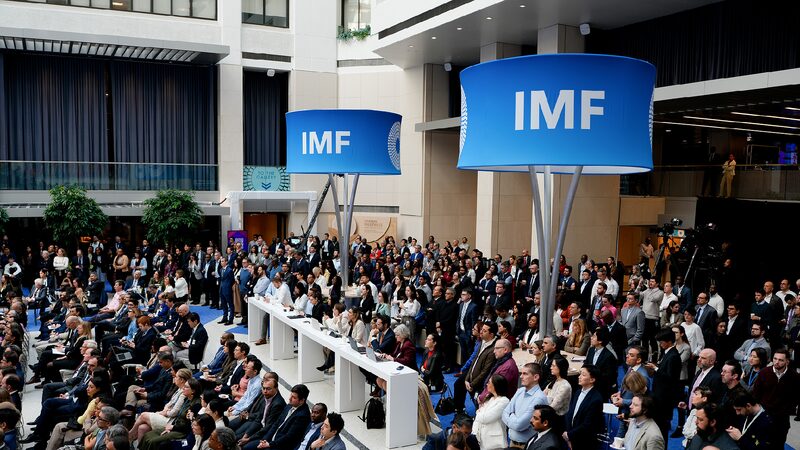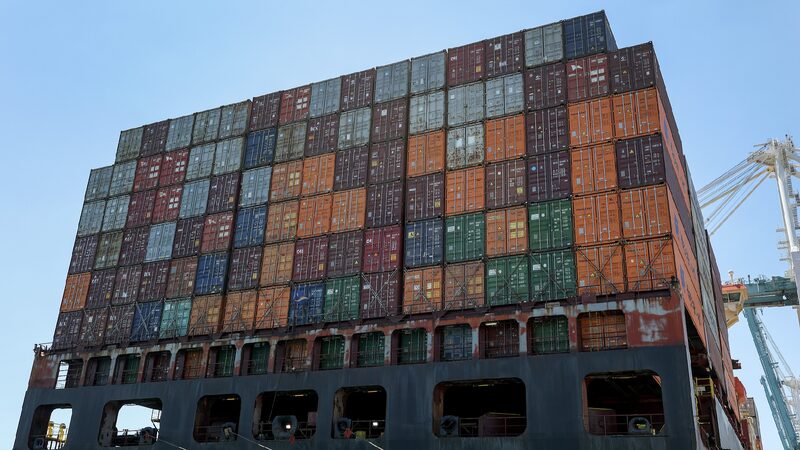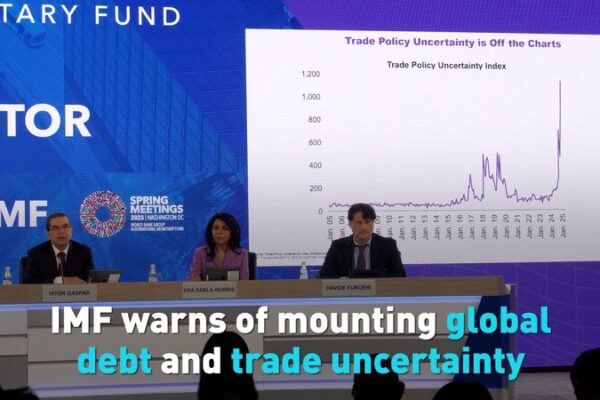Analysts warn that President Trump’s aggressive tariff policies may end up sidelining the United States in global trade, as the rest of the world adapts and strengthens economic ties without the US.
Recent reports from the World Trade Organization (WTO) and International Monetary Fund (IMF) have downgraded forecasts for global trade and economic growth. Both organizations cite the disruptive impact of the US administration’s tariff measures as a significant factor.
The WTO now predicts global merchandise trade volume to decrease by 0.2% in 2025, a sharp drop from the 2.9% growth expected in 2024. Similarly, the IMF has reduced its global economic growth estimate to 2.8% for 2025, down from a previous estimate of 3.3%.
Ironically, the United States, which initiated the tariff increases, may be among the hardest hit. North America’s imports are projected to fall by a staggering 12.6%, and the US GDP growth rate is estimated to slow to 1.8% in 2025.
The US Role in Global Trade Is Shrinking
One fundamental reason for this potential sidelining is that the US no longer dominates world trade as it once did. Currently, the US accounts for less than one-seventh of global imports, and its share is declining. In 2024, the US made up only 13.9% of global merchandise imports, meaning that 86.1% of the world’s trade occurred without direct involvement from the US.
Meanwhile, Europe and Asia have become the largest trading regions. The European Union accounted for 35.8% of global imports, and Asia accounted for 31.7%. Together, these regions represent two-thirds of global trade, five times the share of the US.
With the US raising tariffs, other countries are finding alternative markets. Exports from Asia, Europe, and other regions can shift to new destinations, lessening their reliance on the US market.
Global Trade Networks Remain Strong Without the US
Another key factor is the strength of the global multilateral trading system, centered around the WTO. This system supports continuous trade flows among its 166 members—including the US, but not dependent on it. The vast network of free trade agreements and regional partnerships allows countries to engage in open and non-discriminatory trade, even as the US pursues protectionist policies.
Since the WTO’s inception in 1995, world trade volume has grown fivefold. Developing economies have particularly benefited, with their share in global exports increasing from 17% to 34%, and poverty rates declining significantly.
As a result, many experts predict that the tariff war may lead to increased trade among regions like Asia, Africa, Europe, Latin America, and the Gulf. These areas may deepen economic ties, further integrating their markets and reducing dependence on the US.
Domestic Impact and Global Response
Within the US, there have been strong protests against the tariffs, and financial markets have reacted negatively. Analysts suggest that the US administration may have to reconsider its approach to avoid further economic decline.
In contrast, the rest of the world appears poised to adapt and thrive, reinforcing global trade networks that exclude the US if necessary. The shifting landscape highlights the importance of cooperation in the global economy and raises questions about the long-term effects of isolationist policies.
Reference(s):
cgtn.com








